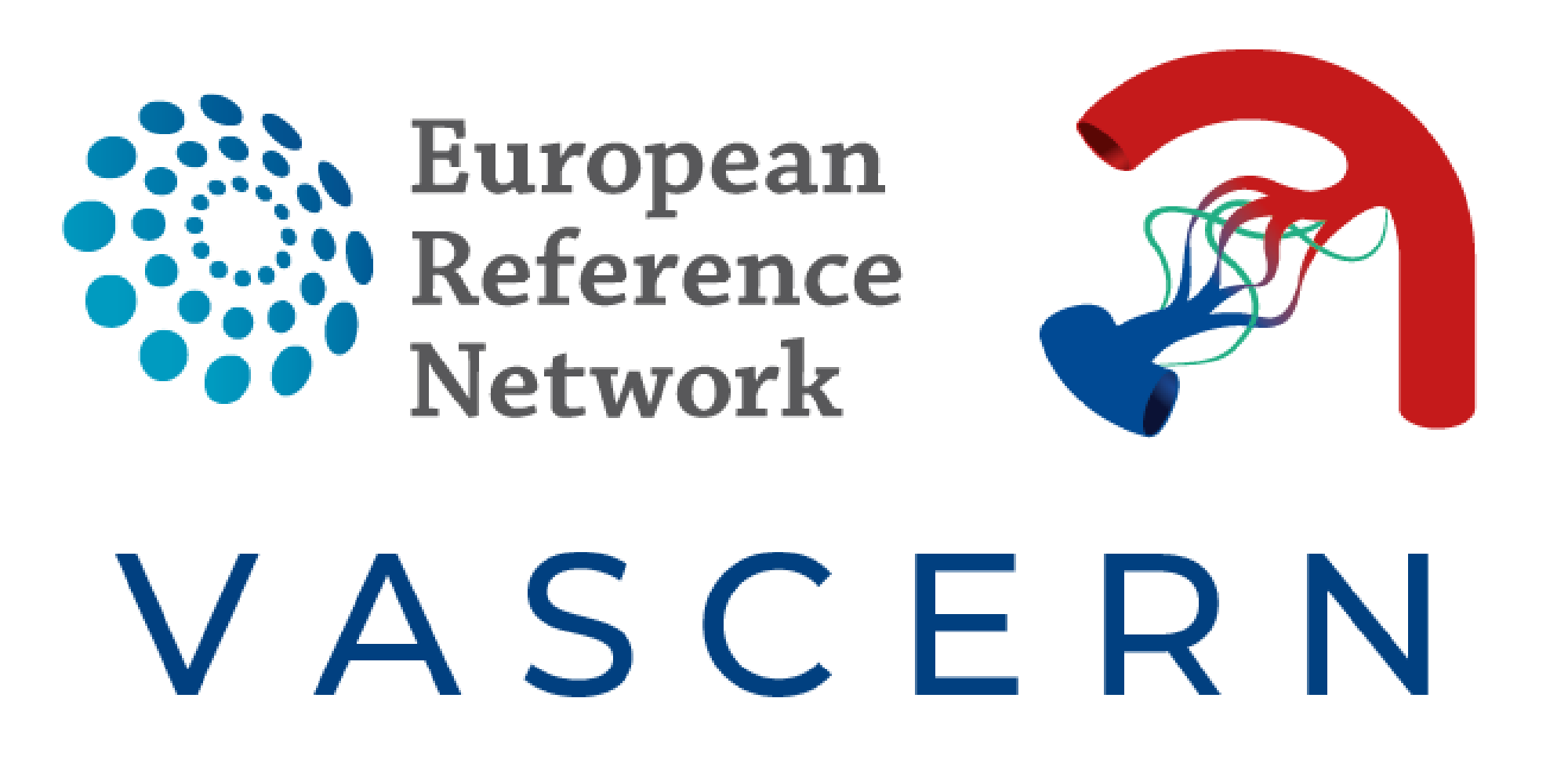European Reference Networks (ERNs)
In the EU, up to 36 million people live with over 6,000 rare diseases. Some affect a few patients, while others impact up to 245,000 individuals. Approximately 80% are genetic, with 70% manifesting in childhood and providing high-quality, cost-effective care for rare diseases remains challenging.
European Reference Networks (ERNs) are collaborative networks of healthcare providers across Europe, established in 2017 by the European Commission. They focus on complex or rare diseases requiring specialized treatment. ERNs aim to improve diagnosis, treatment, and care for patients with rare conditions by leveraging expertise across Europe.
As of 2024, European Reference Networks include 1,619 specialized centers in 382 hospitals across 27 EU Member States and Norway. These centers collaborate virtually to share expertise, provide second opinions, and develop best practices for treating rare diseases. There are currently 24 thematic ERNs, each focusing on a specific group of rare diseases.
- Improving Patient Care: ERNs provide access to specialized knowledge and resources, ensuring patients receive accurate diagnoses and effective treatments. This is particularly crucial for rare diseases, where expertise may be scattered across different countries.
- Supporting Research and Innovation: ERNs facilitate research on rare diseases by bringing together experts from across Europe. They are involved in numerous research projects funded by EU programs like European Joint Programme on Rare Diseases (EJP RD), aiming to develop new diagnostic tools and therapies.
- Empowering Patients: The ERNs emphasize patient involvement in their governance and operations. Through the European Patient Advocacy Groups (ePAGs), patients and their representatives actively participate in the networks, helping to shape strategies and ensure that patient needs are met.
- Integrating National Health Systems: One of the long-term goals of the ERNs is to integrate their activities into national health systems, enhancing the delivery of specialized healthcare services across Europe. This includes promoting national plans and strategies for rare diseases and facilitating cross-border healthcare. JARDIN is a new initiative that aims to amplify the impact of ERNs, and to support the long-term sustainability of the ERN system by contributing to the effective integration of ERN in the national health systems.
Patients can access the services of an European Reference Network through their local healthcare providers, who can refer cases to the appropriate network. Medical records are shared securely across borders using a web-based platform called the Clinical Patient Management System (CPMS), allowing specialists to review cases and provide recommendations without requiring patients to travel.
ERN BOND | ERN CRANIO | Endo-ERN | ERN EpiCARE | ERKNet | ERN-RND | ERNICA | ERN LUNG | ERN Skin | ERN EURACAN | ERN EuroBloodNet | ERN eUROGEN | ERN EURO-NMD | ERN EYE | ERN GENTURIS | ERN GUARD-HEART | ERN ITHACA | MetabERN | ERN PaedCan | ERN RARE-LIVER | ERN ReCONNET | ERN RITA | ERN TRANSPLANT-CHILD
An informative video and information brochures on the European Reference Networks are available in multiple languages. Watch the video or access the information brochure in your language below.
Čeština | Dansk | Deutsch | Eesti | English | Español | Français | Hrvatski | Italiano | Latviešu | Lietuvių | Magyar | Maltese | Nederlands | Norwegian | Polski | Português | Română | Slovenčina | Slovenščina | Suomi | Svenska | Ελληνικά | Български
